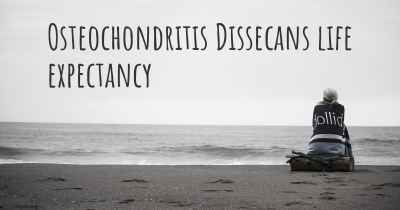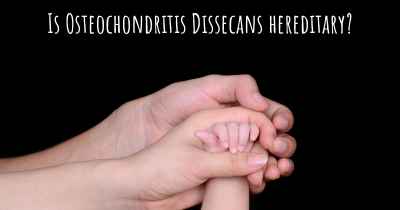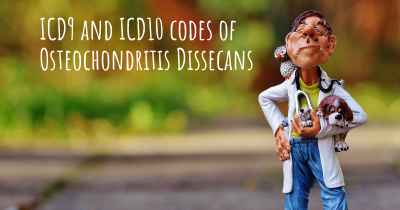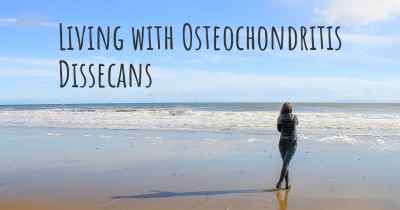Is it advisable to do exercise when affected by Osteochondritis Dissecans? Which activities would you suggest and how intense should they be?
See if it is advisable for people with Osteochondritis Dissecans to practice sports and which ones are the most recommended if you have Osteochondritis Dissecans
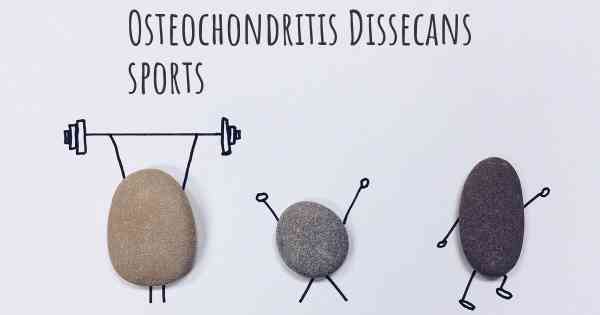
Osteochondritis Dissecans (OCD) is a condition that affects the joints, particularly the knee, ankle, and elbow. It occurs when a small piece of bone and cartilage separates from the joint surface, leading to pain, swelling, and limited joint movement. If you have been diagnosed with OCD, it is important to consult with your healthcare provider before starting any exercise program. They will be able to provide personalized advice based on the severity and location of your condition.
Exercise can be beneficial for individuals with OCD, as it helps improve joint mobility, strengthen muscles, and maintain overall physical fitness. However, it is crucial to choose activities that do not put excessive stress on the affected joint. Here are some exercises that are generally considered safe for individuals with OCD:
1. Low-impact aerobic exercises: Engaging in activities such as walking, swimming, or cycling can help improve cardiovascular fitness without placing excessive strain on the joints. These exercises are gentle on the affected joint and can be performed at a moderate intensity.
2. Range of motion exercises: Performing gentle stretching exercises can help maintain joint flexibility and reduce stiffness. It is important to avoid overstretching or putting excessive pressure on the affected joint. Your healthcare provider or a physical therapist can guide you on specific exercises that are suitable for your condition.
3. Strengthening exercises: Strengthening the muscles around the affected joint can provide support and stability. However, it is essential to choose exercises that do not exacerbate pain or put excessive stress on the joint. Low-impact exercises such as leg lifts, hamstring curls, and gentle resistance training can be beneficial.
4. Balance and proprioception exercises: These exercises help improve joint stability and body awareness. Activities such as standing on one leg, using a balance board, or performing gentle yoga poses can be beneficial. It is important to start with simple exercises and gradually progress as tolerated.
5. Avoid high-impact activities: Activities that involve jumping, running, or sudden changes in direction should be avoided as they can worsen symptoms and potentially cause further damage to the joint.
6. Listen to your body: Pay attention to any pain or discomfort during and after exercise. If you experience increased pain or swelling, it is important to modify or stop the activity. Pushing through pain can worsen the condition and delay the healing process.
7. Seek professional guidance: Working with a physical therapist or an exercise specialist who has experience with OCD can be highly beneficial. They can provide guidance on appropriate exercises, monitor your progress, and make necessary adjustments to your exercise program.
Remember, every individual with OCD may have different limitations and requirements. It is crucial to consult with your healthcare provider or a specialist who can provide personalized advice based on your specific condition. They will consider factors such as the severity of the OCD, the joint involved, and your overall health before recommending an exercise program.
